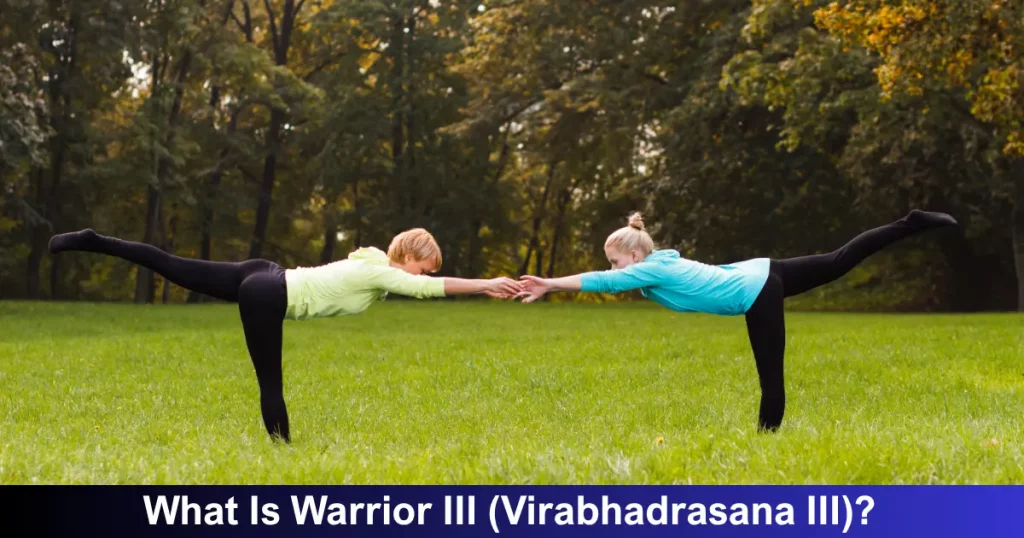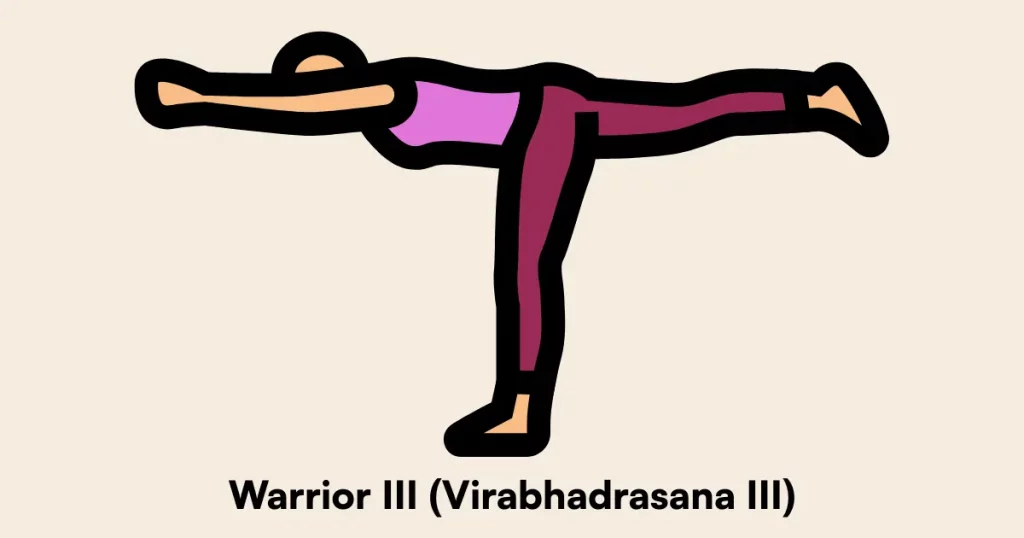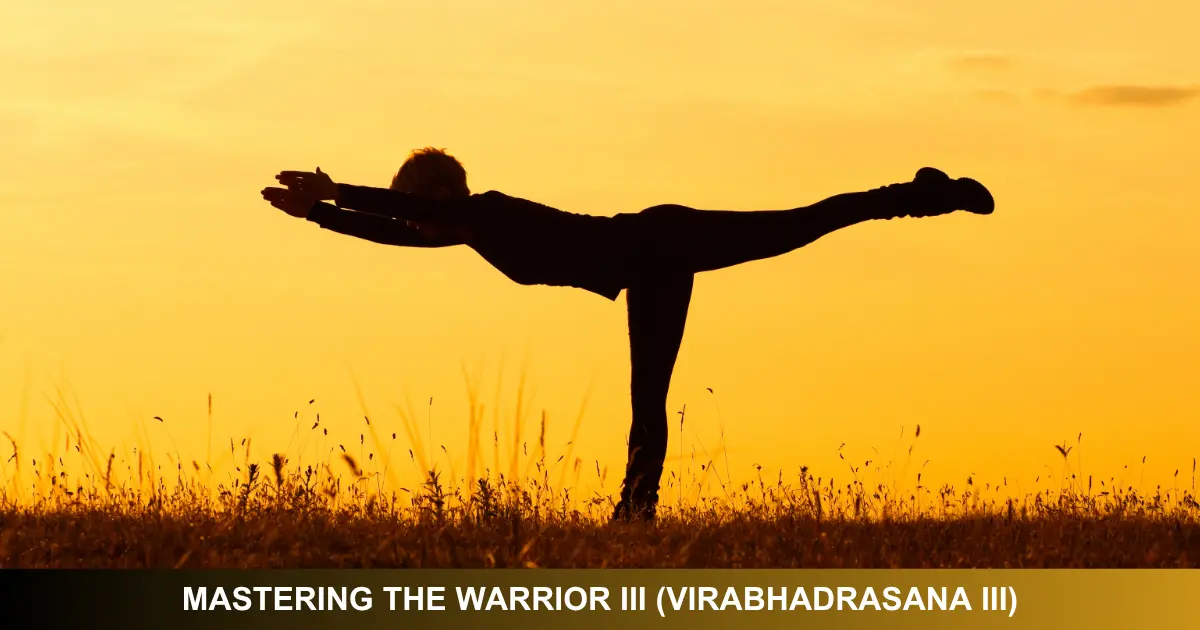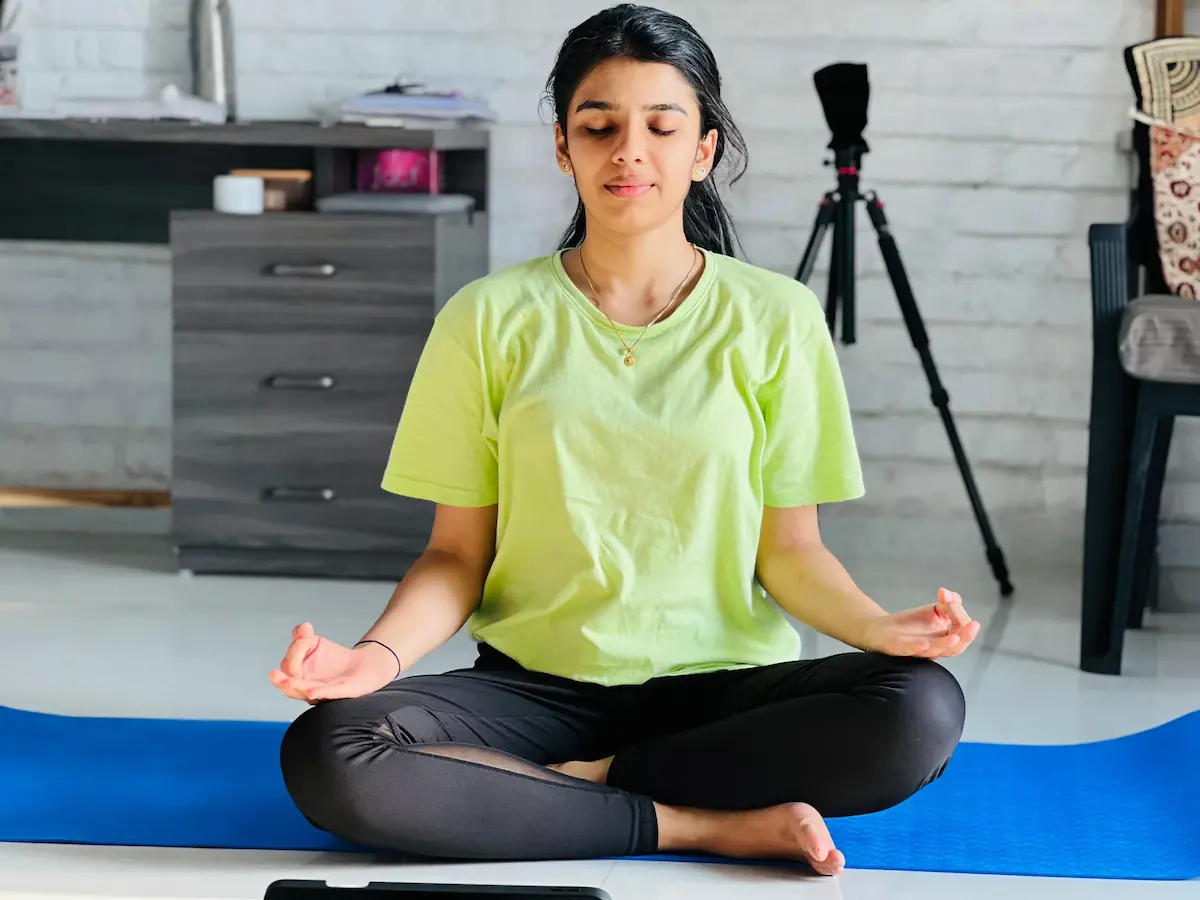Unlock greater lower-body strength, improve posture, and enhance stability with the powerful Warrior III yoga pose also known by its Sanskrit name, Virabhadrasana III. Rooted in ancient yogic tradition, this dynamic balance hormones offers far-reaching benefits for muscles, joints, and overall body alignment.

Warrior III is a standing balance posture that shifts your full body weight onto one leg while the torso and lifted leg form a straight, parallel line to the floor. With arms extended forward at shoulder height, this pose demands strength, concentration, and controlled breath. It blends hip hinge mechanics with a strong core engagement, making it a cornerstone for stability and graceful alignment.
Step-by-Step Instructions
- Begin in Mountain Pose (Tadasana).
Stand with feet together, arms by your sides, and breathe deeply to find centered balance. - Shift Your Weight.
Transfer weight onto your right foot, rooting it firmly into the mat. Keep a slight bend in the standing knee if needed. - Lift Your Left Leg.
Hinge forward at the hips as you raise your left leg straight behind you. Flex toes downward and keep both hips level. - Extend the Torso.
Draw your torso forward until it’s parallel to the ground, maintaining a long spine and engaged core. - Reach Forward with Your Arms.
Stretch both arms straight ahead, palms facing each other. Gaze at a fixed point on the floor to stabilize balance. - Find Stability.
Engage glutes, hamstrings, quadriceps, and core to form a seamless line from fingertips to heel. - Hold and Breathe.
Inhale deeply and exhale fully, holding the pose for 5–10 breaths. Feel muscle activation and joint engagement. - Release and Repeat.
Slowly lower your left leg and return to Mountain Pose. Rest, then perform the pose on the opposite side.

Key Benefits of Warrior III
1. Builds Lower-Body Strength
Warrior III targets glutes, hamstrings, quadriceps, calves, and the small muscles of the feet. This single-leg focus enhances muscle tone, improves blood flow, and fortifies stability in each step.
2. Increases Muscular Endurance
Sustaining this pose strengthens muscle stamina. Regular practice teaches the body to sustain effort under tension, improving overall endurance and functional fitness.
3. Enhances Joint Stability
By engaging ankles, knees, hips, shoulders, and wrists, Warrior III reinforces joint integrity and mobility. Strong, stable joints reduce injury risk and support daily movements.
4. Corrects Posture
Extending the spine and opening the shoulders counteracts slouching and hunched backs. This alignment practice relieves spinal compression and encourages a healthy, neutral posture.
5. Realigns the Pelvis
Consistent practice helps balance anterior and posterior pelvic tilt, alleviating lower-back discomfort and fostering a neutral pelvis for both sitting and standing.
6. Cultivates Body Symmetry
Balancing on one leg cultivates awareness of left-right alignment, promoting muscular symmetry and reducing compensatory imbalances for a more harmonious physique.
Read More: 7 Beginner Yoga Poses That Offer Maximum Health Benefits at Home
Tips for Warrior III Practice
- Include keywords such as “Warrior III benefits,” “Virabhadrasana III alignment,” and “how to do Warrior III” in headings and alt text for images.
- Use descriptive subheadings (H2, H3) and concise meta descriptions featuring targeted terms.
- Link internally to related content (e.g., “Best yoga poses for balance,” “Improve posture with yoga”).
- Incorporate bulleted step lists and numbered instructions for better readability and featured snippets.
- Add “alt” attributes to pose demonstration images, like alt=“Yoga Warrior III alignment.”
FAQs
1. How long should I hold Warrior III?
Aim for 5–10 deep, steady breaths on each side. Beginners can start with 3–5 breaths and gradually increase duration as balance and strength improve.
2. What common mistakes should I avoid?
Avoid lifting the hips or rounding the back. Keep your spine long, hips level, and core engaged. Use a slight bend in the standing knee to prevent hyperextension.
3. Can beginners practice Warrior III safely?
Yes. Beginners may use a wall or chair for support, lightly touching fingertips for balance until strength and confidence build.
4. How does Warrior III improve posture?
By lengthening the spine and opening the shoulders, Warrior III counteracts forward head posture and rounded shoulders, promoting a neutral spine alignment.
5. Which muscles does Warrior III target most?
This pose primarily activates the glutes, hamstrings, quadriceps, calf muscles, and the stabilizing muscles of the feet and core for full-body engagement.
6. What modifications help with balance?
Use yoga blocks under your hands or practice near a wall. Keep gaze focused on a single point, and engage core muscles to steady the body before lifting higher.

